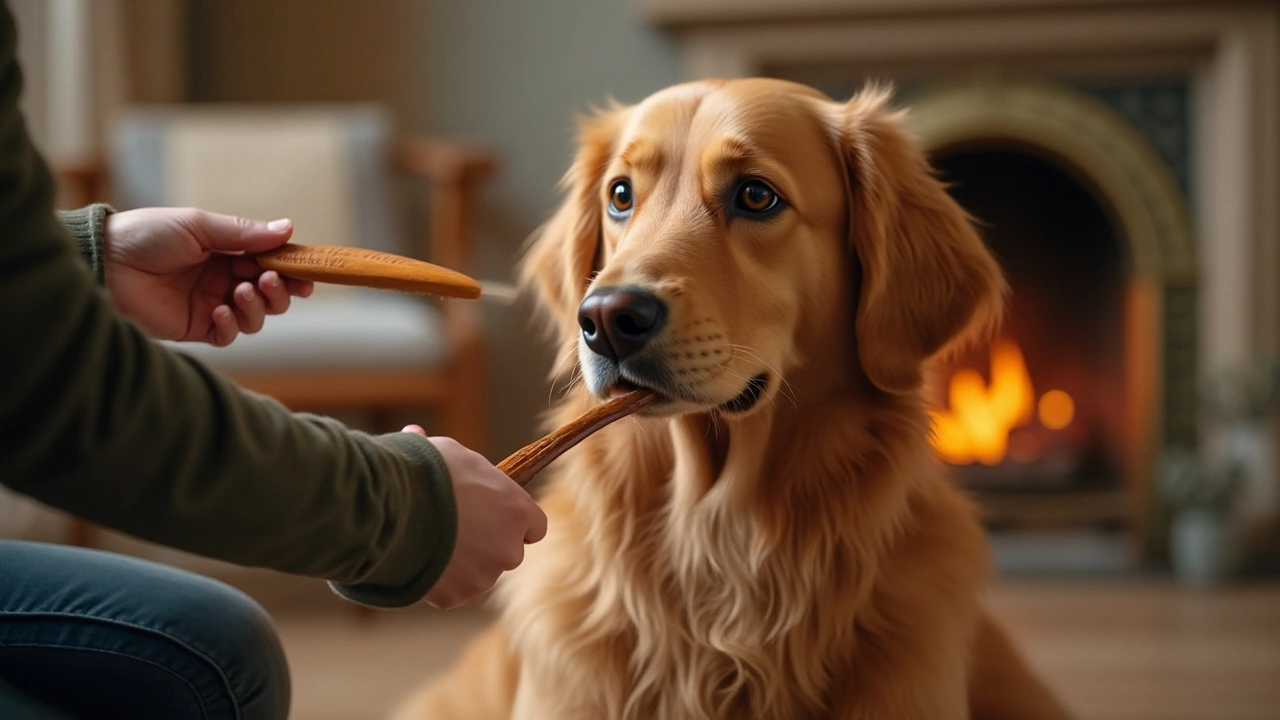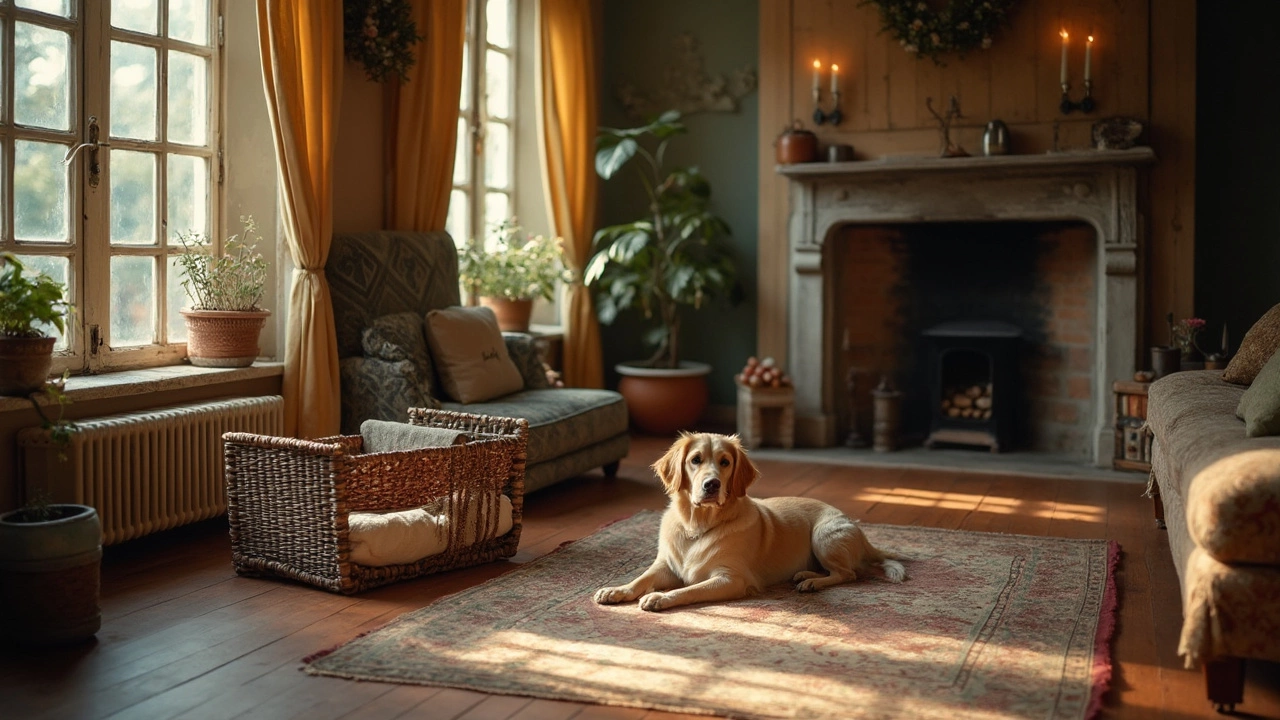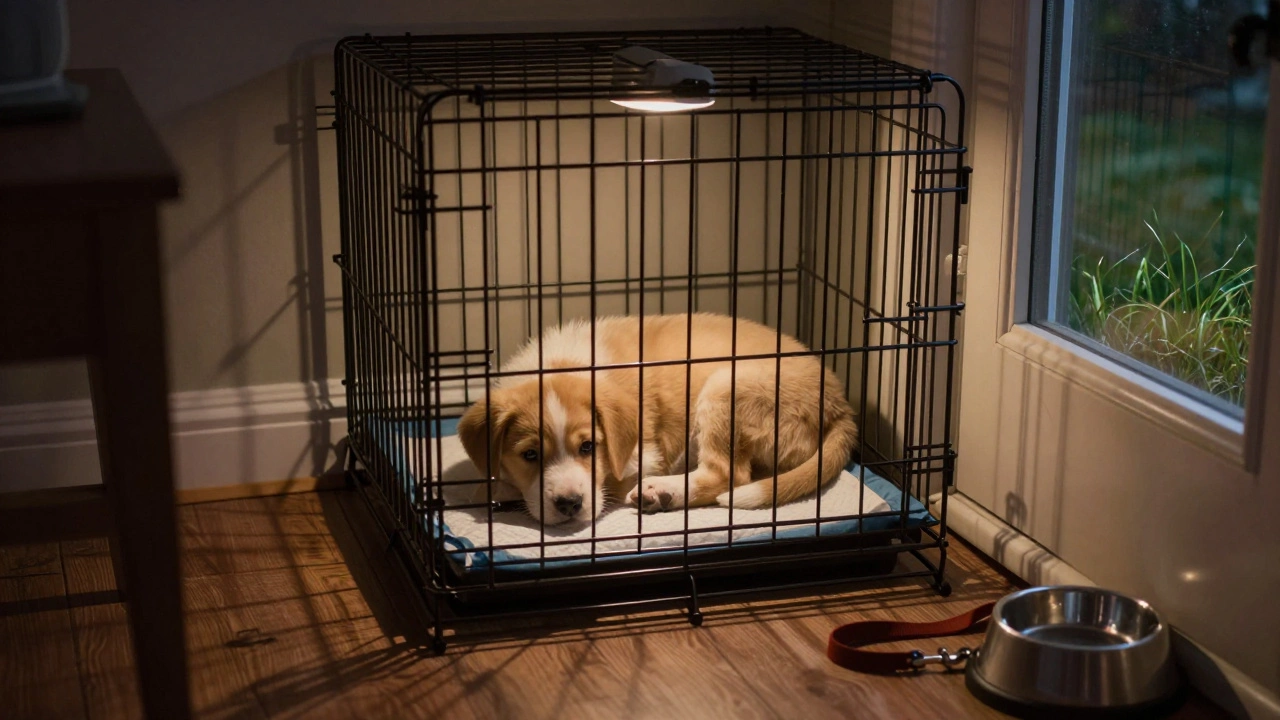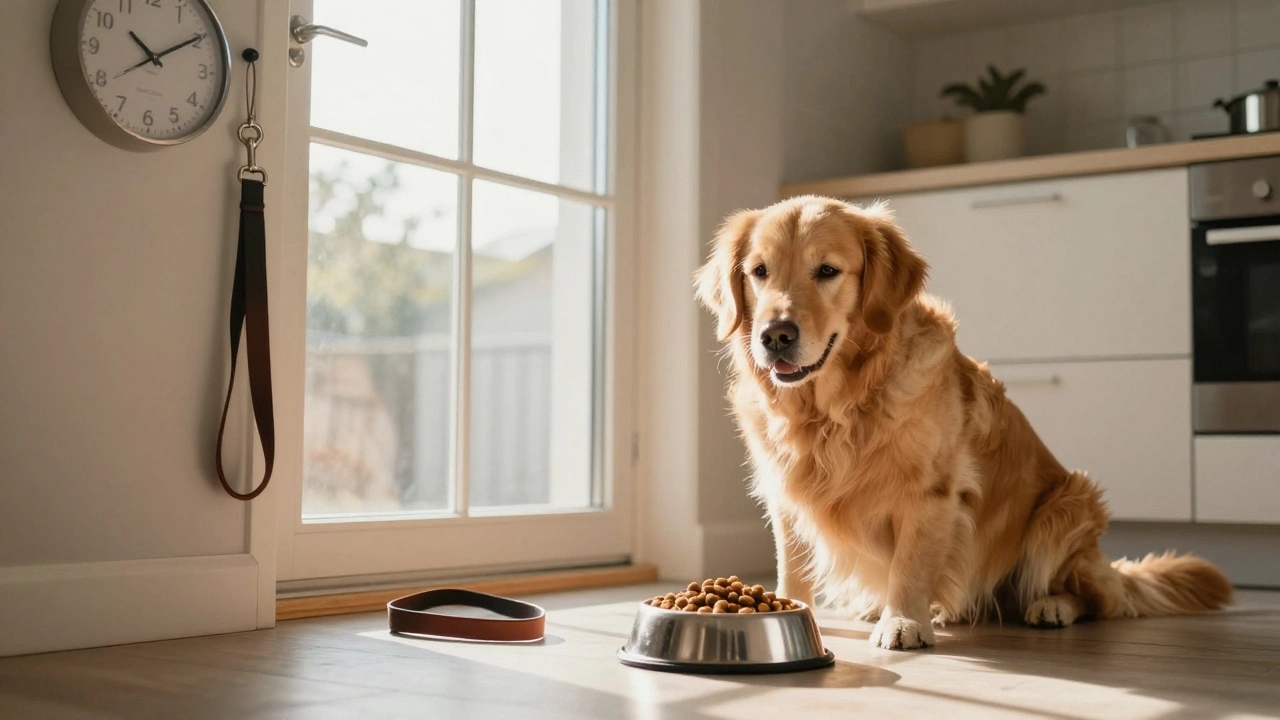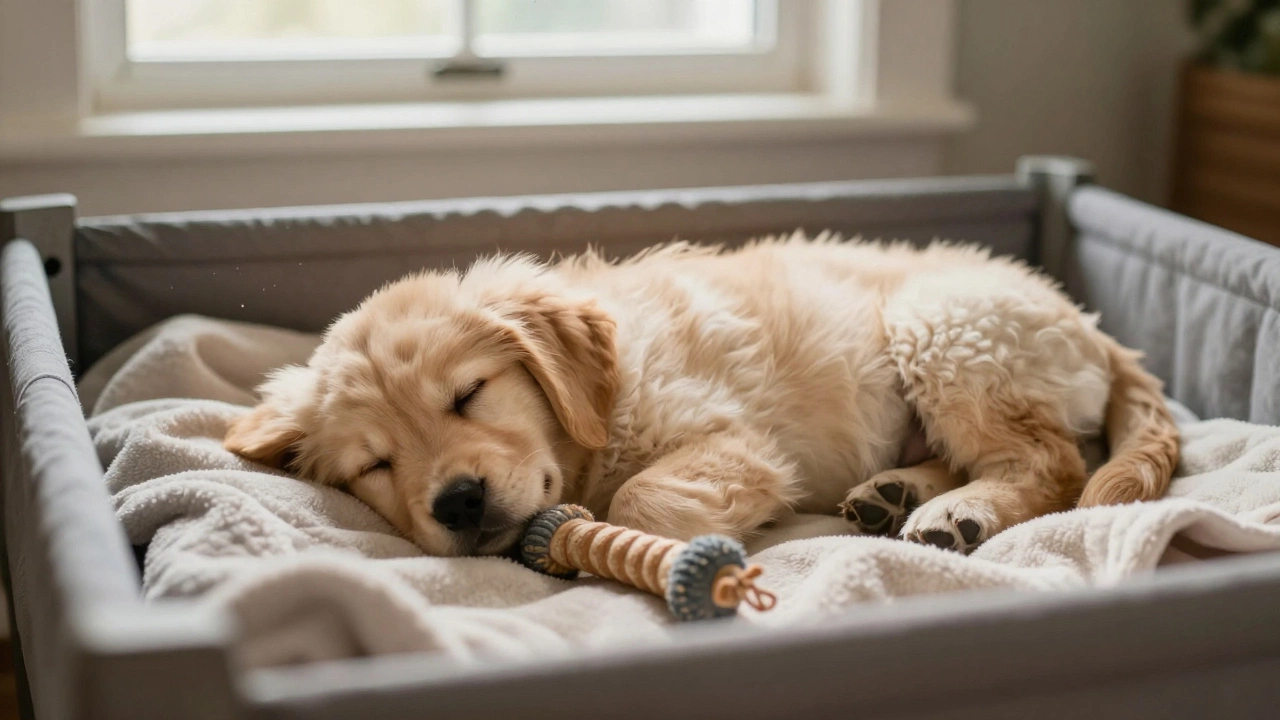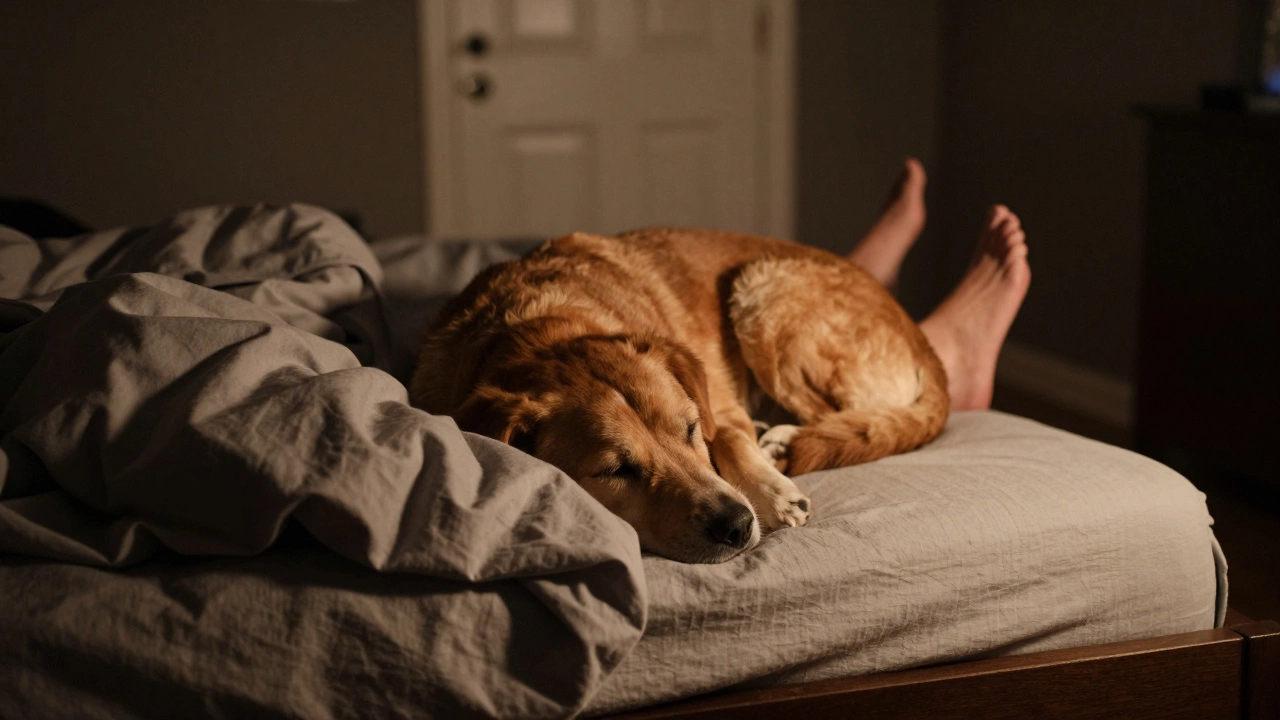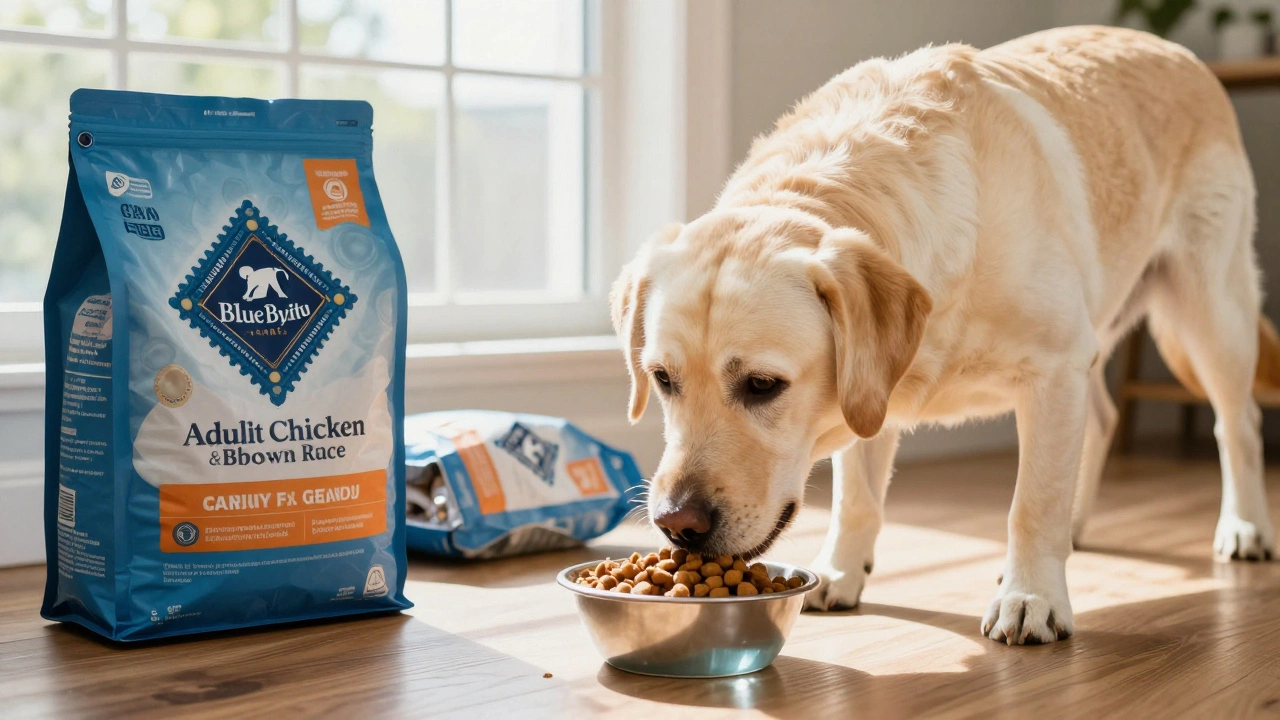If you've ever found yourself pondering about the mysterious timing of when dogs do their business after a meal, you're not alone. Many dog owners ask the same question as part of providing the best care for their furry companions. Knowing the answer can certainly make life easier for both you and your dog, creating a balanced daily routine.
Every dog is unique, with its digestive process affected by various factors like what they eat, their breed, age, and even their health condition. It's essential to consider these elements in understanding how long it might take for a dog to poop after a meal.
Determining the exact 'poop timeline' can assist in creating a reliable schedule that takes the guesswork out of walks and potty breaks. Dive into the fascinating world of dog digestion so you can manage this aspect of dog parenting like a pro.
- The Canine Digestive Process
- Factors Influencing Poop Timing
- Typical Time Frames
- Tips for Managing Your Dog's Schedule
The Canine Digestive Process
The journey through a dog's digestive process is an intriguing one. It all begins the moment your furry friend chomps down on their kibble or eagerly devours their wet meal. This act of consumption kicks off a series of complex yet fascinating stages. As the food travels through the esophagus, it is greeted by the stomach's powerful enzymes and acids, breaking down those hearty meals into simpler, absorbable particles. The timeline from ingestion to elimination can vary greatly, predominantly influenced by a dog's size and the type of dog food they consume. The stomach, with its muscular walls, continues to churn the food, acting like a food processor, pushing the mix along to the small intestine where nutrients are absorbed into the bloodstream.
The small intestine is a vital part of this digestive journey, and it's here where a dog's metabolism plays a crucial role. Enzymes continue their work, helping in the digestion of fats, proteins, and carbohydrates. It's interesting to note that, unlike humans, dogs have a relatively short digestive tract, making their metabolism rapid. A dog’s typical digestive time is somewhat shorter, often ranging from 8 to about 10 hours, though this can fluctuate. As the undigested food progresses to the large intestine, moisture is absorbed and preparations begin for expulsion. Dog owners recognize this digestive timeline when planning post-meal walks to make sure their pets can comfortably relieve themselves.
“Canine digestion is a uniquely efficient process, adapted over millennia to maximize nutrient absorption in minimal time,” explains Dr. Caroline Grunbacher, a noted veterinary gastroenterologist. “Understanding these nuances is key to addressing any digestive issues your pet might face.”
The type of food—whether it's heavily processed commercial dog food or a raw diet—has a significant influence on this timeline. Higher fiber diets will typically pass through the digestive system more quickly. Health professionals often emphasize feeding routines that balance protein, fibers, and essential fatty acids. Imagine this like a well-oiled machine, where each nutrient has its designated role and time to be absorbed before the leftovers are prepared for the final stage of excretion. Paying close attention to the variety and richness of ingredients usually gives us clues about how long our pets might take to digest before they need to go for a walk.
The Role of Bacteria in Digestion
Just like humans, dogs have a complex bacterial landscape within their intestines that plays an integral role in digestion. These beneficial bacteria aid in breaking down food substances that weren't fully processed earlier in the digestive tract. They essentially act as little workers that ensure your furry friend's digestive system runs smoothly. Dietary choices can hugely impact this bacterial ecosystem, either supporting these beneficial bacteria or contributing to potential digestive disturbances. Monitoring stool quality and frequency can provide insights into how well this process is functioning. Veterinarians frequently advise sticking to high-quality food to promote a healthy gut microbiome.
The digestive cycle is crucial not just for nutrient absorption but for overall health. Dogs often mirror their owners' reactions to different foods. If something upsets their stomach, it could have either under or over-stimulated these critical bacterial allies. Sensitive to dietary changes, some dogs may display signs of bloating or irregularities, prompting owners to closely assess dietary adjustments. Understanding each stage of digestion empowers dog parents to make informed decisions, contributing to their canine companion's comfort and well-being.

Factors Influencing Poop Timing
It's quite fascinating how many different factors play into the timing of your fur-buddy's potty schedule. First up, diet is a primary player in influencing how long after eating a dog will poop. The quality and type of food—whether it's wet, dry, or a mix of both—can have a substantial effect. Foods rich in fiber tend to speed up digestion while high-protein diets might slow things down. When your dog’s meal is easily digestible, this can result in more frequent bowel movements, helping keep their system running smoothly.
Another key influencer is your dog’s own biology. Many find it surprising that a dog’s age greatly affects their digestive timeline. Puppies, for example, have a much quicker digestive process than older dogs due to a smaller digestive tract and faster metabolism. This means they may need to go out more frequently. On the flip side, older dogs often experience slower digestion as part of the normal aging process.
Alongside age, the size of the dog should be taken into account. Larger dogs generally have longer digestive processes simply because they often consume food in greater volumes, which naturally takes more time to break down and pass through their system. Comparing a tiny Chihuahua to a Great Dane, you'll notice that the little one will process their meals at a different speed than their giant counterparts.
César Millán, widely known as the Dog Whisperer, once said, "Understand your dog's biology to better cater to their needs. They count on you to keep their world stable." This is particularly true when setting up a feeding and bathroom schedule that works for both you and your dog.
Finally, consider your dog’s activity level as it plays a crucial role in dog digestion and the subsequent need to relieve themselves. More active dogs tend to have more frequent bathroom breaks than those that are less active. Physical exertion stimulates the digestive tract and can speed up the movement of waste through the intestines, leading to an earlier need for that all-important walk. If your pooch suddenly becomes more or less active, their digestive rhythms might change too.

Typical Time Frames
Understanding the typical time frames for when a dog might need to relieve itself after eating can help you with planning walks and managing its schedule. Generally, the digestive process in dogs can range from about four to eight hours. This can vary depending on factors such as age, breed, and the type of food consumed. Puppies, for instance, often need to go more frequently—sometimes within 30 minutes to an hour after eating. Their metabolism is faster, and their smaller size means that food moves more quickly through their system.
Adult dogs, on the other hand, often have a more established routine. They typically need to go once or twice a day, and you might notice this being consistent if they're on a regular feeding schedule. For some, a morning and evening bathroom break is sufficient. This varies with diet: dogs on a high-fiber diet might need more frequent trips as their system works harder to digest such foods. Dogs fed twice a day usually need to relieve themselves within one to two hours after meals. However, individual needs can vary significantly.
Size also plays a crucial role. Larger breeds have a different digestion pattern compared to smaller breeds. A Saint Bernard might take its time compared to a feisty Chihuahua. What's important is identifying your dog's pattern. Keeping track can allow you to adjust walk and play schedules accordingly. Having an understanding of this timing not only aids in convenience but can also be indicative of your dog's health. Abnormal timing might be a sign to check in with your vet. According to Dr. Karen Becker, "Consistency in your dog's bowel movements is key to understanding their health."
In terms of actual statistics, a study published in the Journal of Veterinary Medicine tracked various breeds and observed that 65% of dogs established a predictable routine within a month of regular feeding. The study also highlighted that changes in diet can temporarily affect this timeline, so patience and observation are crucial during these adjustments.
To help maintain a regular schedule, incorporating a consistent feeding timetable is recommended. Dogs are creatures of habit; hence, walking them at set times can support their natural rhythm. It's helpful to note that excessive waiting in younger dogs or sudden changes in older ones might warrant a vet visit. Paying attention to these patterns while balancing diet and health concerns is a proactive approach to pet care.

Tips for Managing Your Dog's Schedule
Creating a reliable routine for your pet's potty breaks can make a world of difference in how smoothly your day runs and your dog's comfort. Understanding and managing your dog's bathroom schedule involves not just an awareness of their biological needs but also a bit of planning and patience. Setting a consistent feeding schedule is often the first step. This helps because a dog's digestive system functions much like a set of gears: once you set it in motion around the same time each day, you can more predictively manage when they're likely to need to head outdoors.
Dog digestion is relatively predictable compared to humans. While it might take longer for them to digest a meal fully, most dogs will need to eliminate within 30 minutes to two hours after eating. This is influenced by the dog’s size, breed, and activity level. Larger breeds like Great Danes might follow a different schedule compared to smaller ones like Chihuahuas. By consistently observing your dog's behavior after meals, you can derive a pattern that's unique to them.
Maintaining a Routine
Maintaining a regular schedule doesn’t just involve meal times. It often helps to pair feeding times with potty breaks that follow swiftly after. Many dog trainers suggest incorporating walks around these times. This not only aids their digestive health but also reinforces the routine through the process of elimination. Dogs are creatures of habit, and they thrive in environments where they can expect consistency.
A good practice is to pay attention to your dog's cues. This might be any behavior indicating they need to go out – such as sniffing, circling, or pacing. Responding to these signals promptly strengthens their trust in you and reinforces their natural urge to hold off until it’s time to go outside.
Adapting to Changes
"Dogs are not our whole life, but they make our lives whole," said Roger A. Caras, capturing the essence of why adjusting our schedules around them can be beneficial not just for them, but for us too.
There will be moments when your schedule gets thrown off – perhaps due to travel, illness, or other unforeseen circumstances. In these cases, try to keep disruptions to a minimum and slowly ease your dog back into their established routine. If adjusting your schedule yourself, ensure that feedings and walks happen within a similar timeframe daily, even if it's slightly skewed.
Incorporating adequate play and exercise into your dog's routine is another element often overlooked but absolutely essential. Regular activity not only helps them physically but also mentally, reducing anxiety and restlessness. The benefits of exercise extend beyond the physical, making them less prone to bark out of boredom or act out destructively indoors.
Understanding and managing your dog’s schedule is about striking a balance. It’s a dance between structure and flexibility, guaranteeing that while your pet receives the attention they need, they — and you — remain stress-free, happy, and healthy. By harmonizing your daily timetable with your furry companion's needs, you're nurturing a partnership filled with mutual respect and trust.


